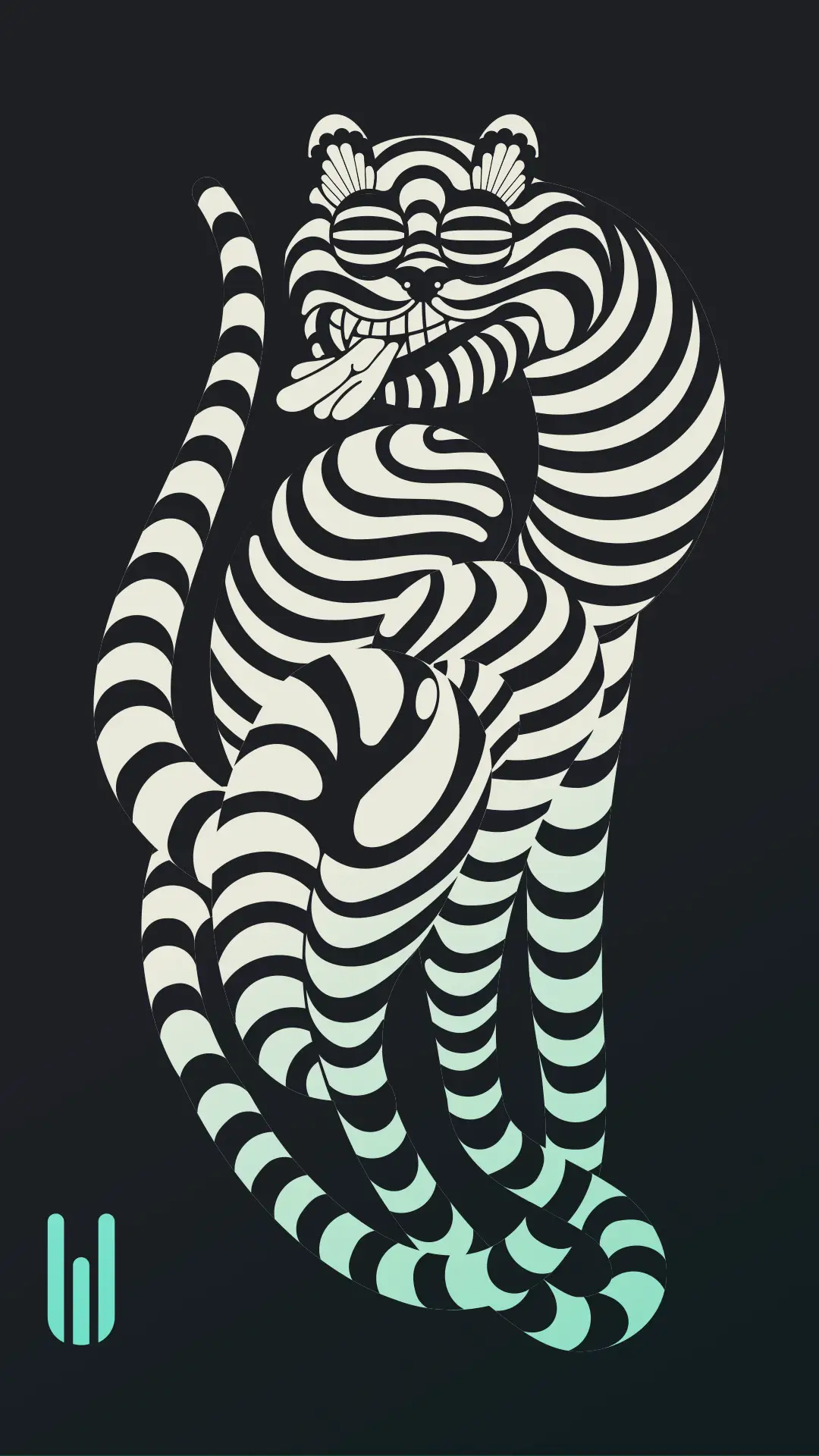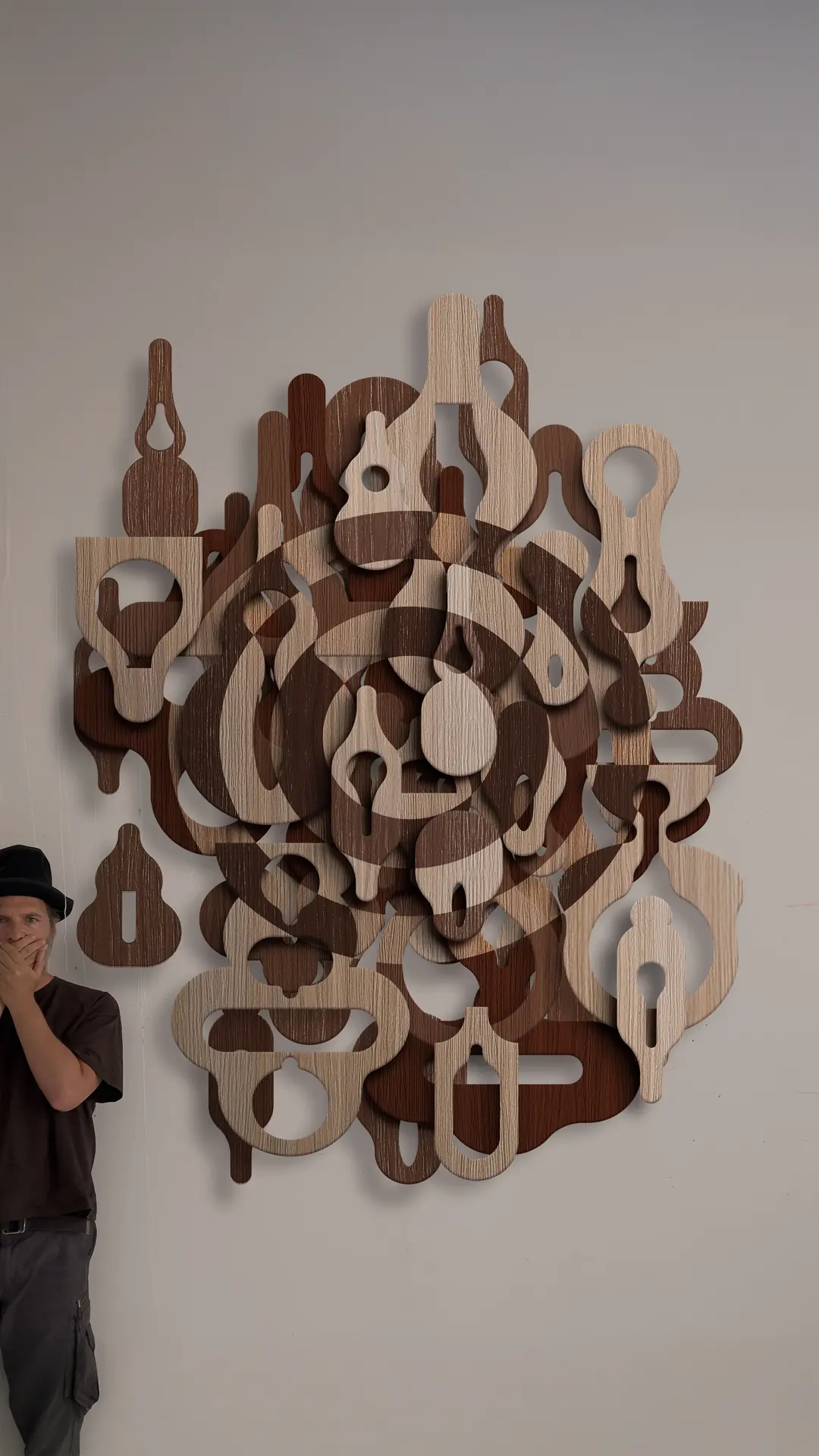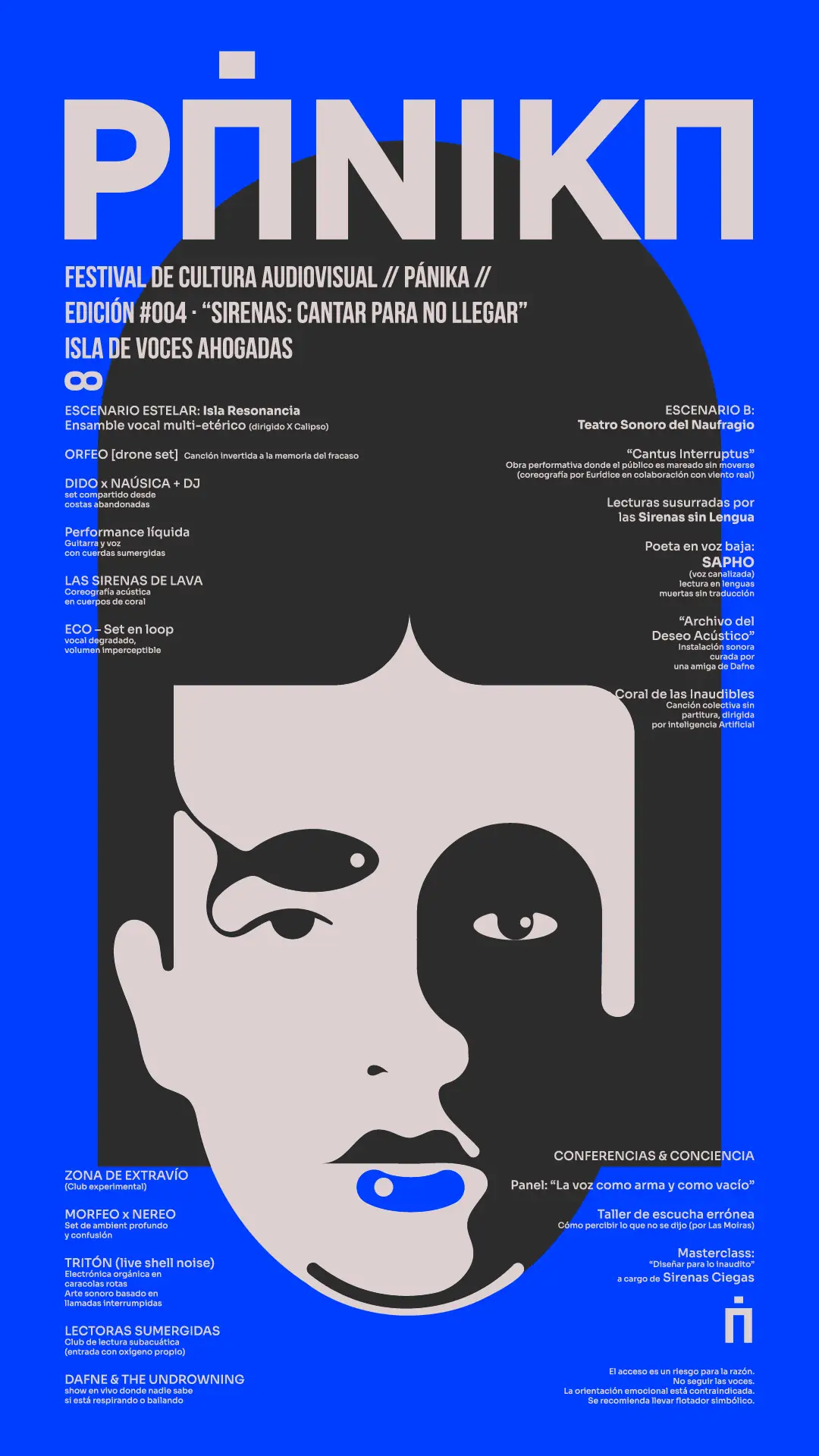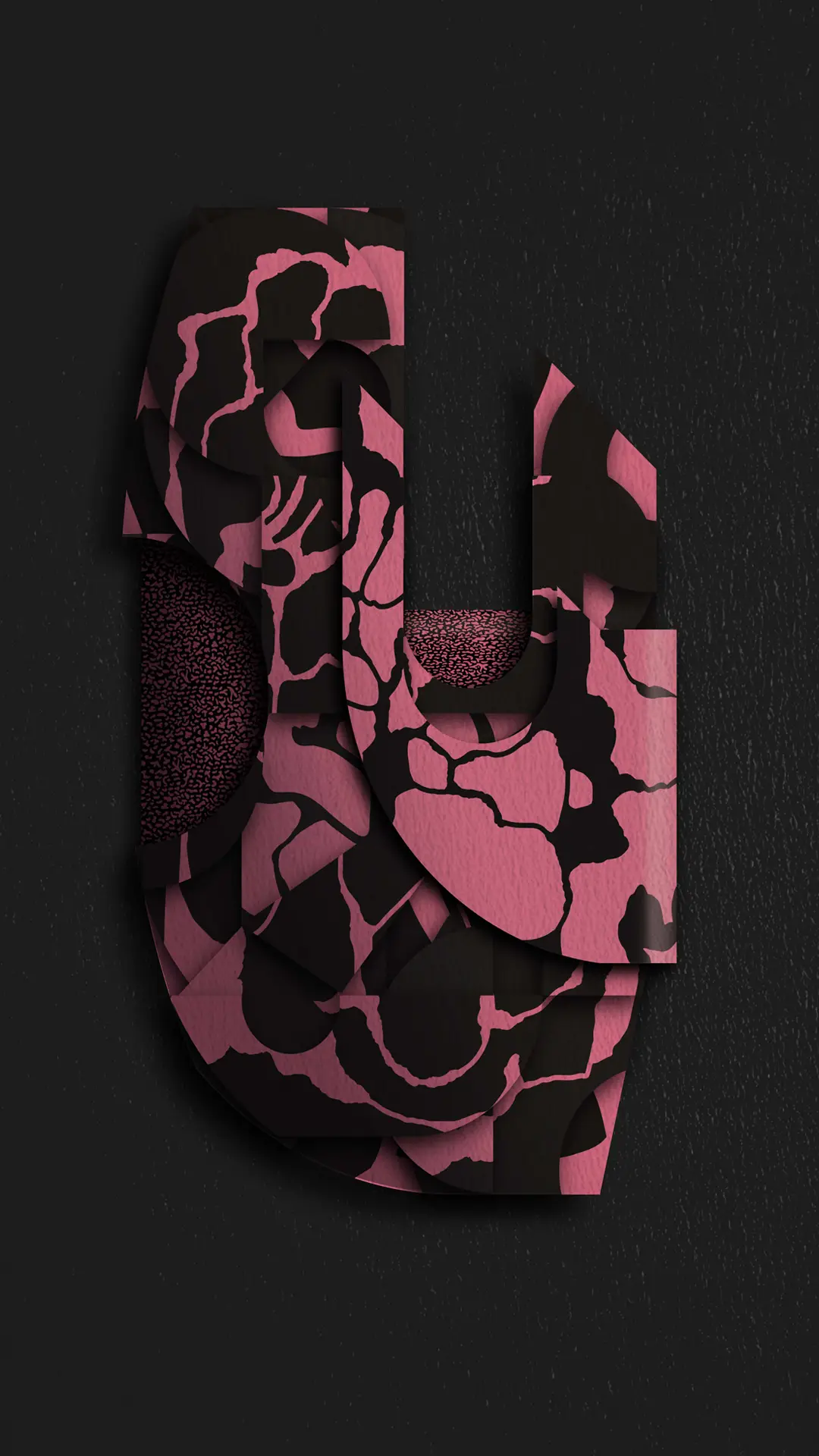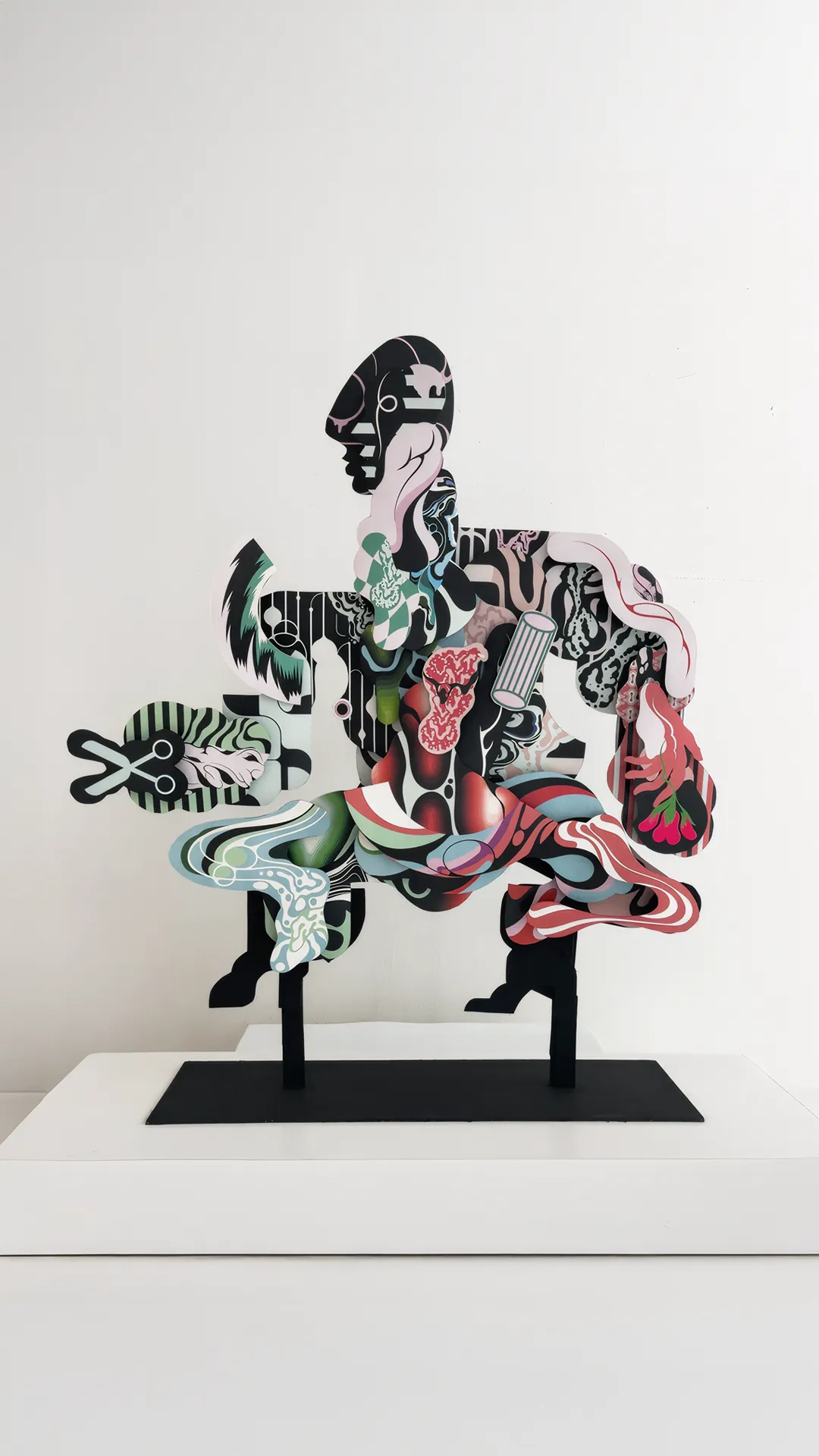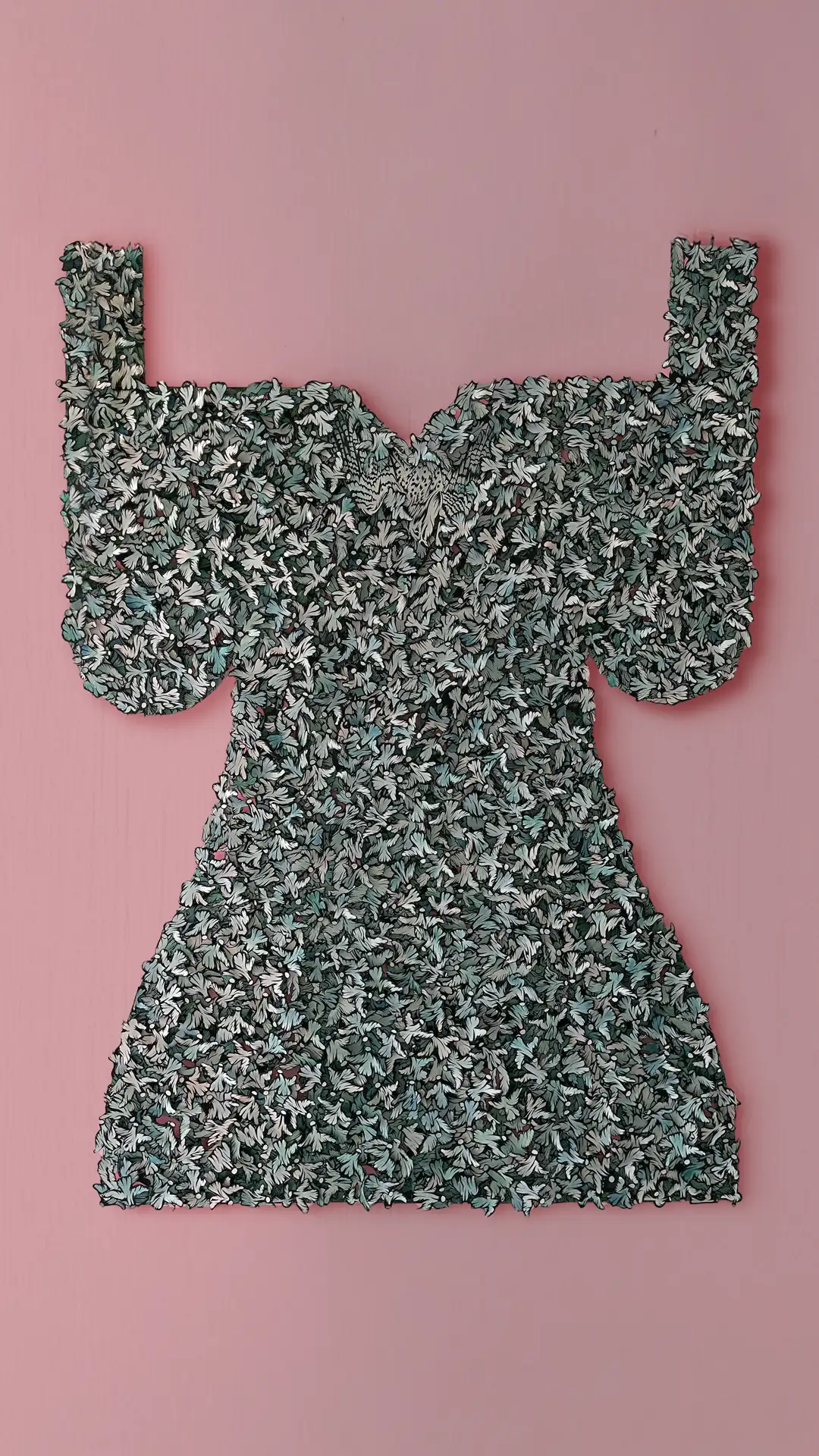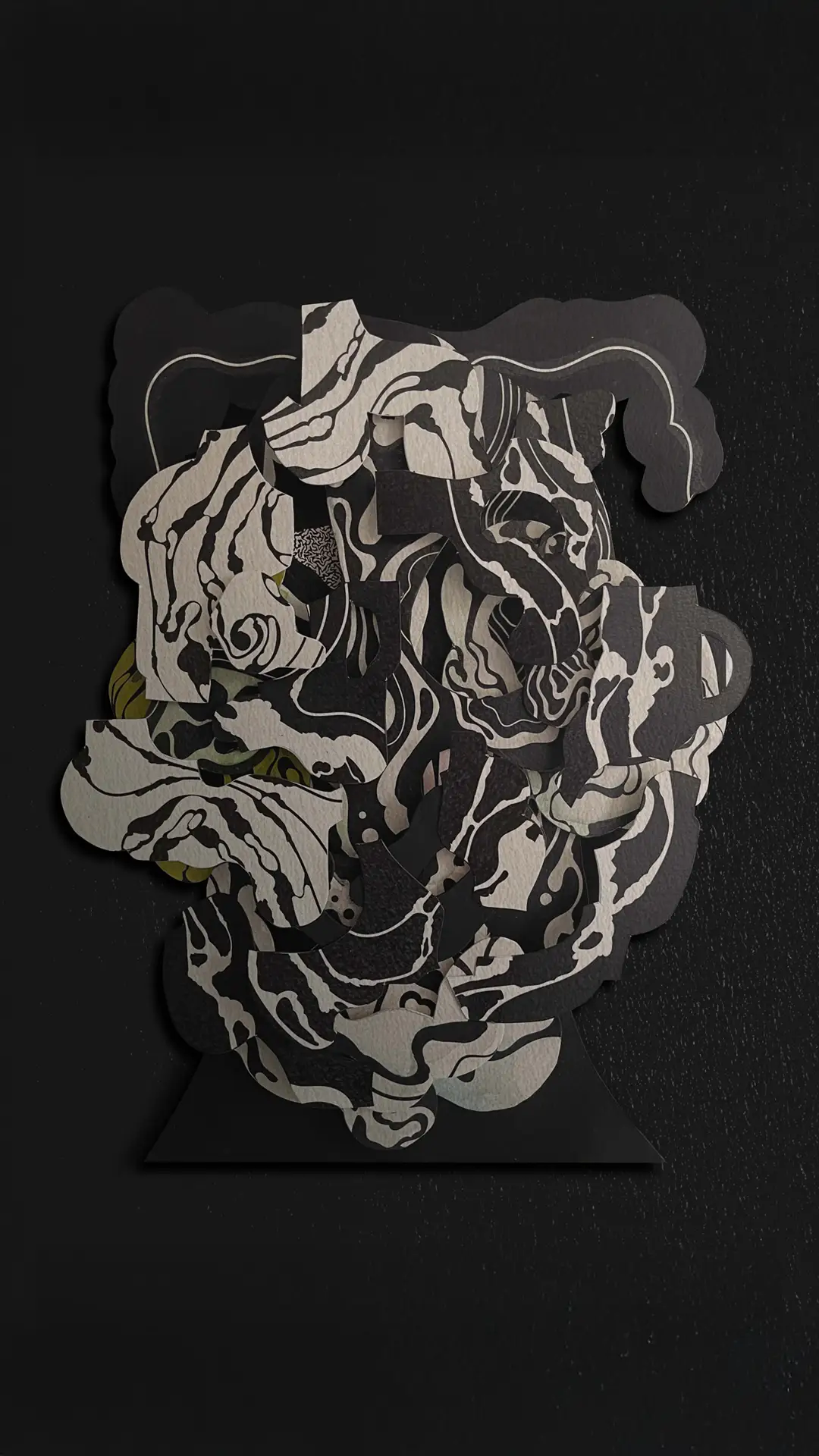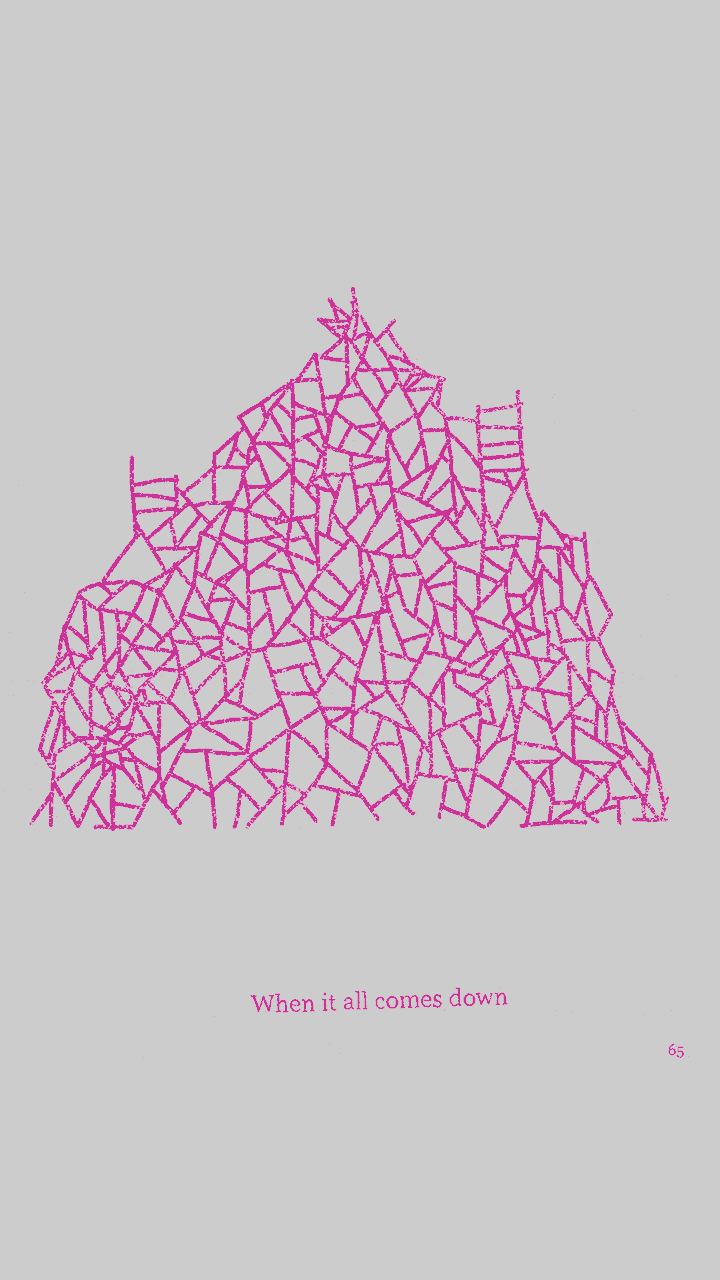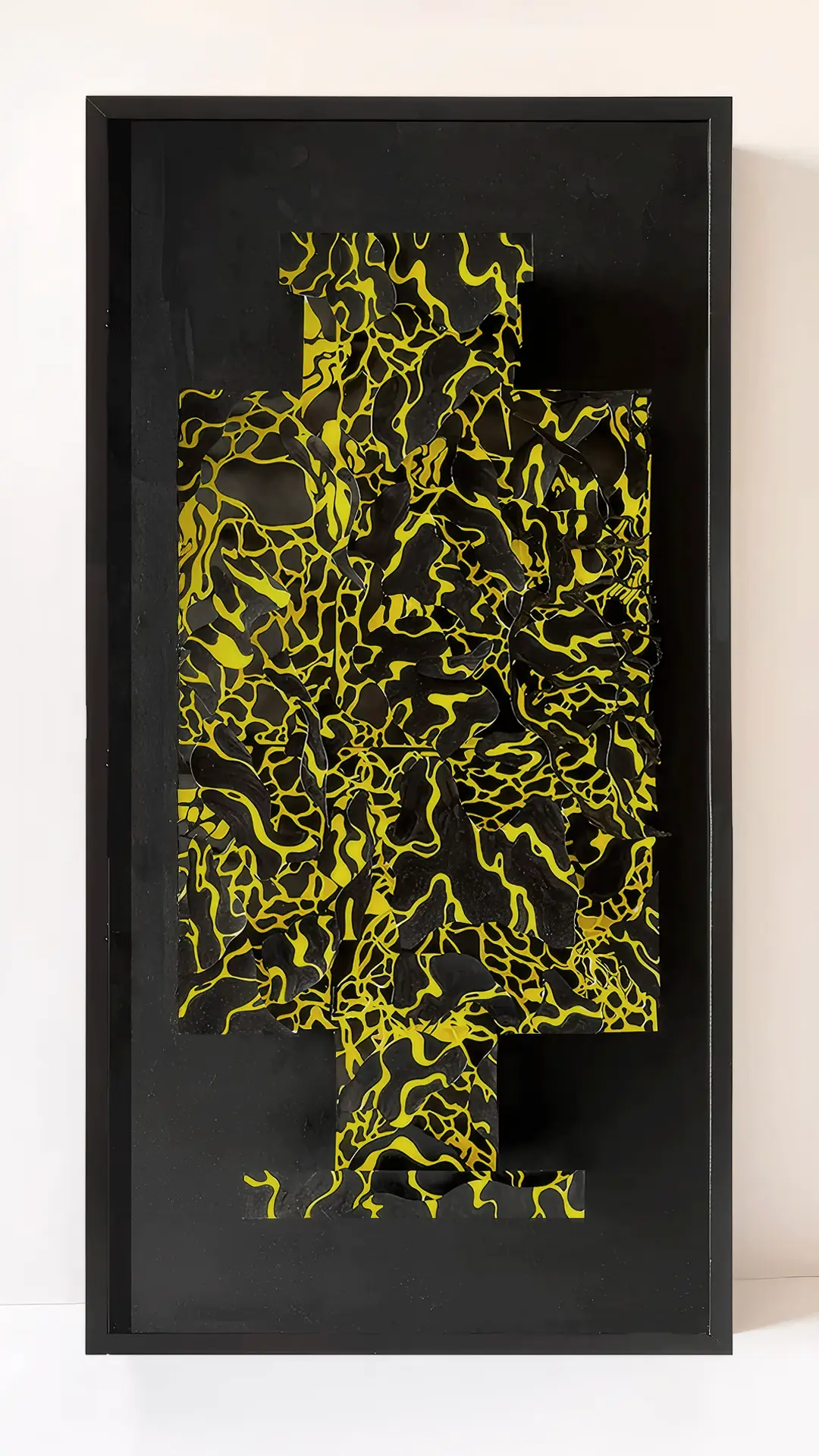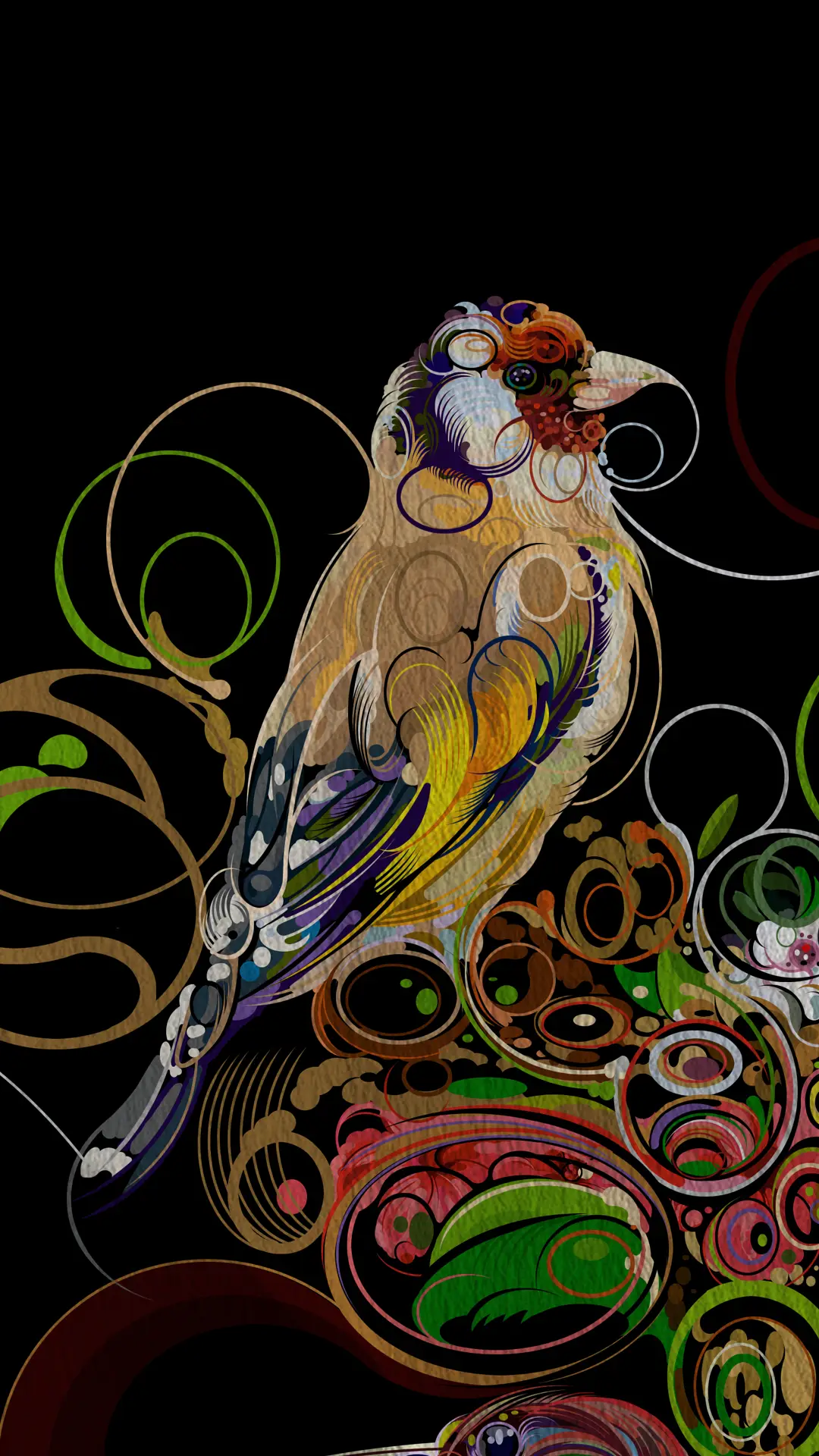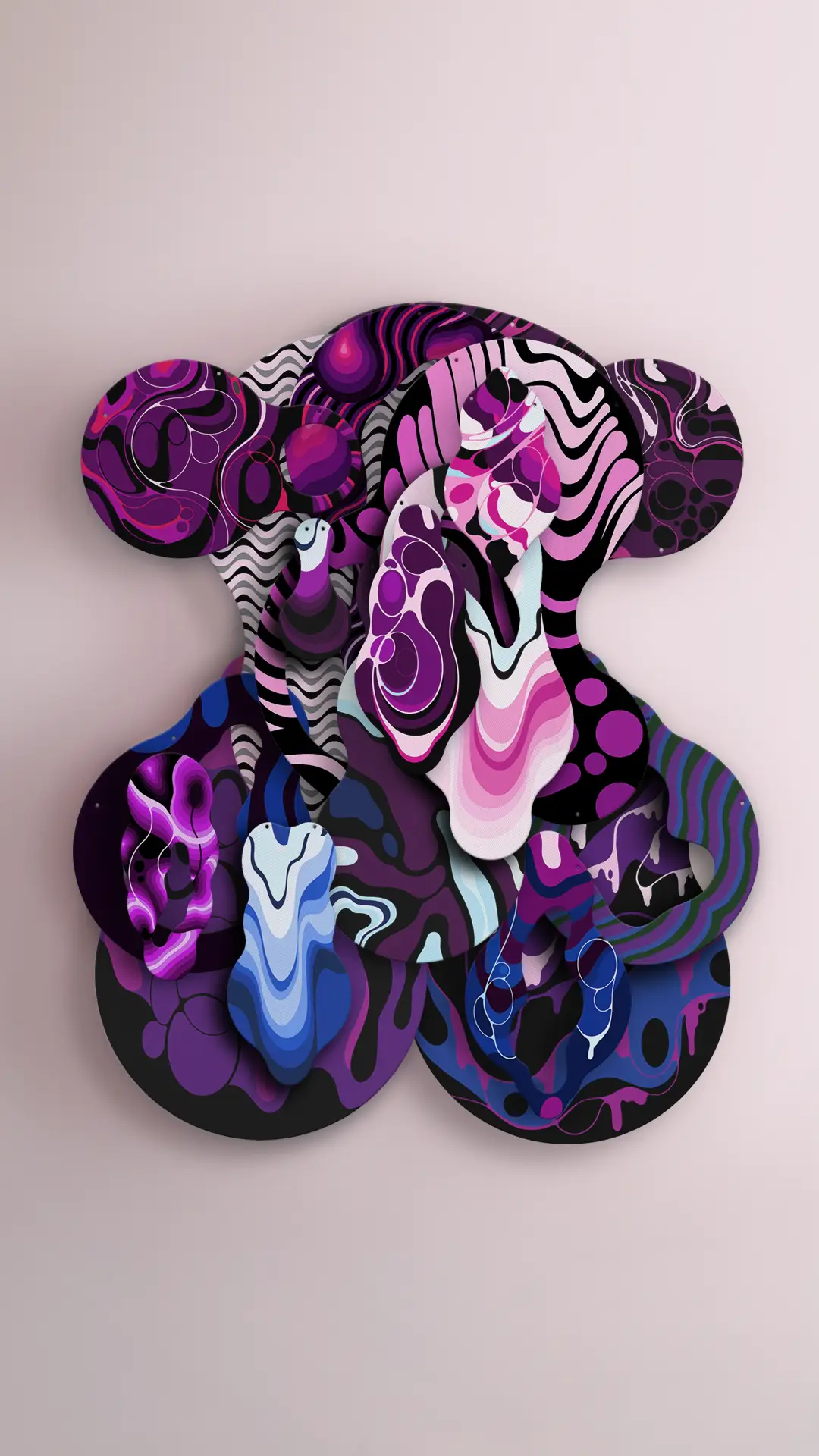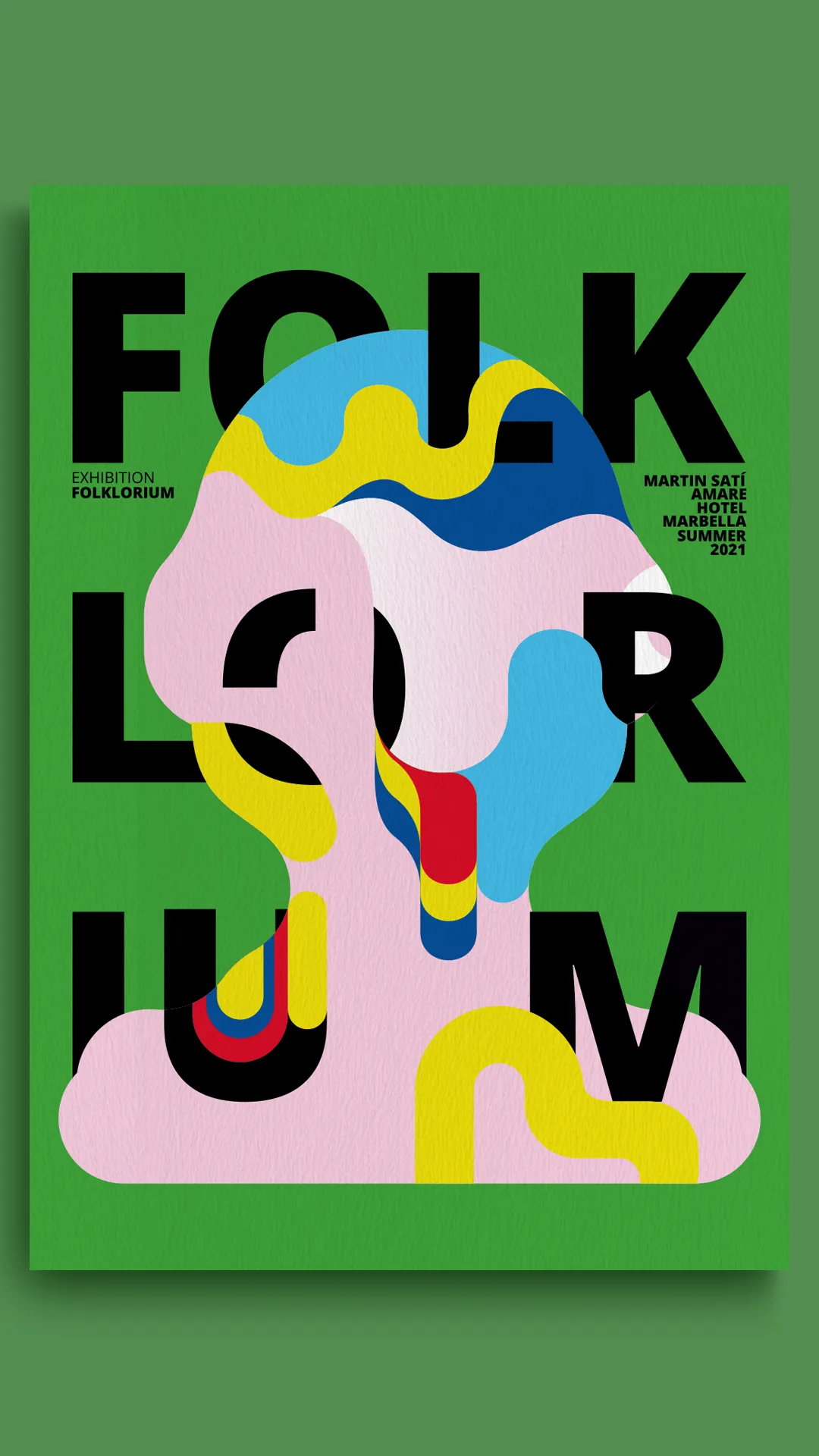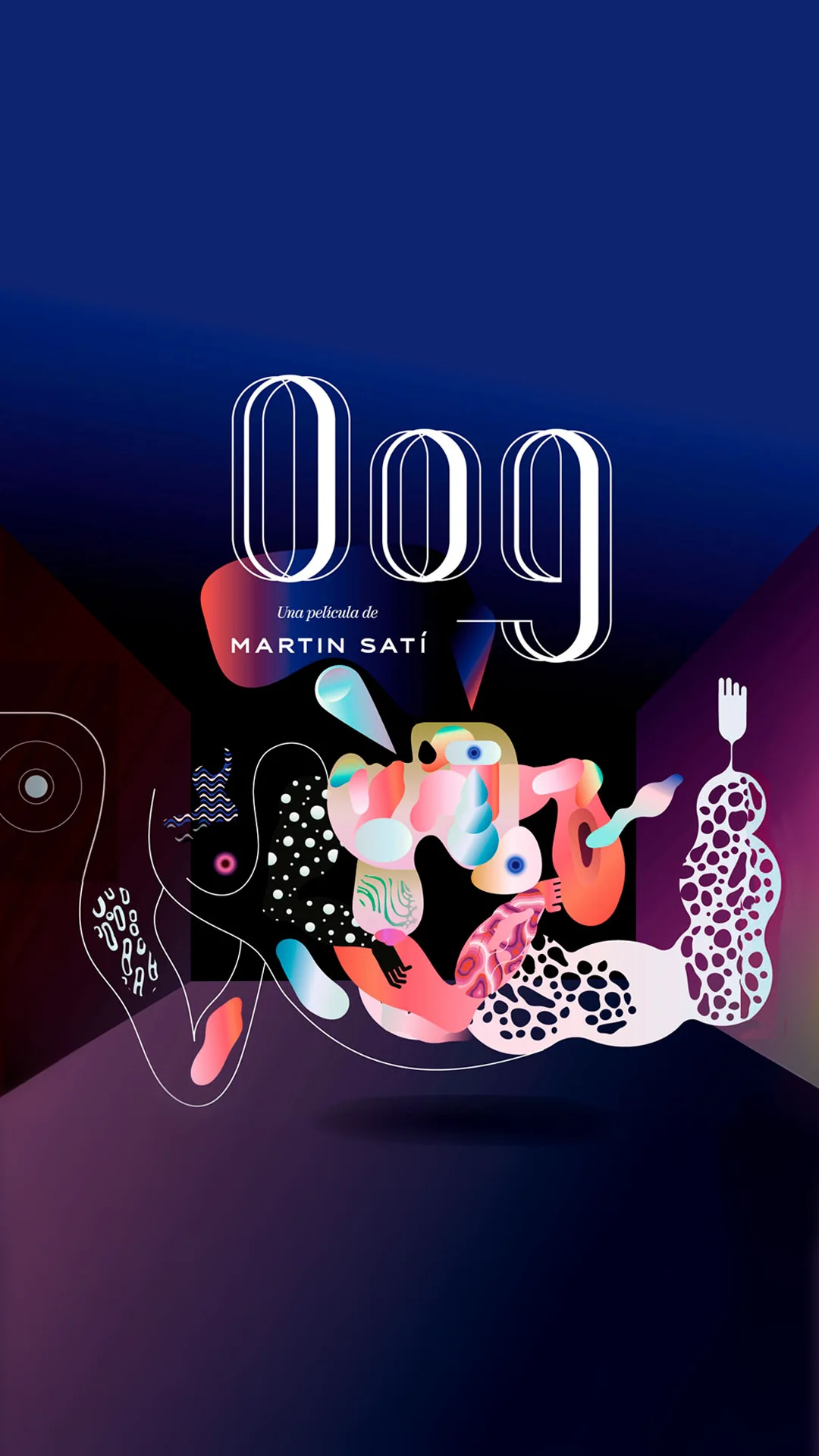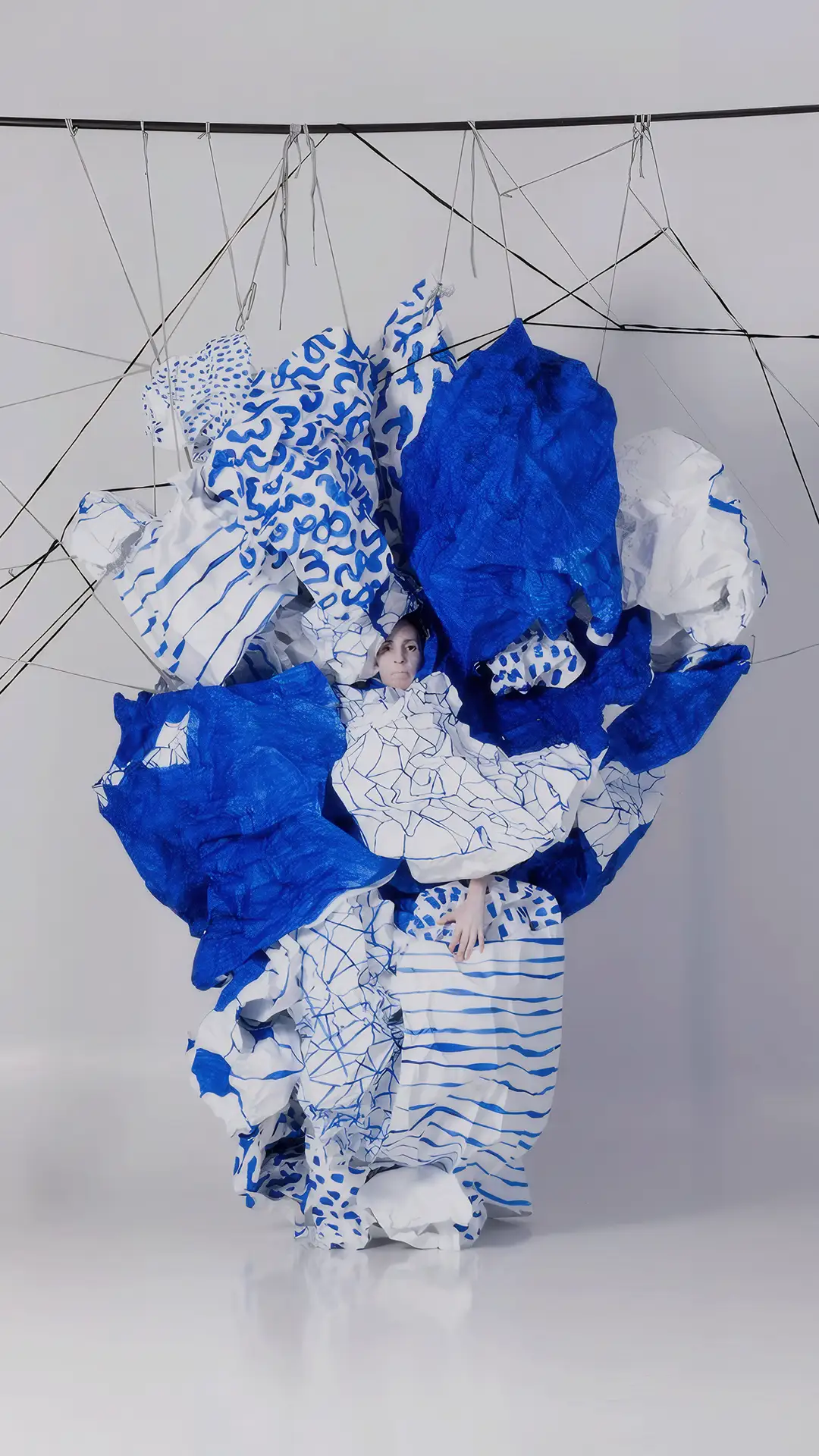

The piece is conceived as a study of normative design. It starts from an everyday situation: working with templates, grids, and styles that organize what is visible. These tools are useful. They enable readable hierarchies, rhythm, and coherence. They also decide what comes first, what gets reduced, and what disappears. Type reminds us it doesn’t just communicate; it structures experience.
Here the frame works as an impassable limit. It isn’t a neutral edge; it is content. The format imposes its grammar and forces image and word to enter its perimeter. The question isn’t “is this wrong?” but “what does design think when it thinks from its own rule?”
The myth of Procrustes* is used as a method, not a sermon. The grid becomes a unit of measure like Procrustes’ bed: it stretches, trims, aligns. It orders the body and, with it, the mind. If typography is architecture, the template is urban planning: it defines heights, widths, and routes of reading. That order produces clarity but also leaves marks on the graphic body.


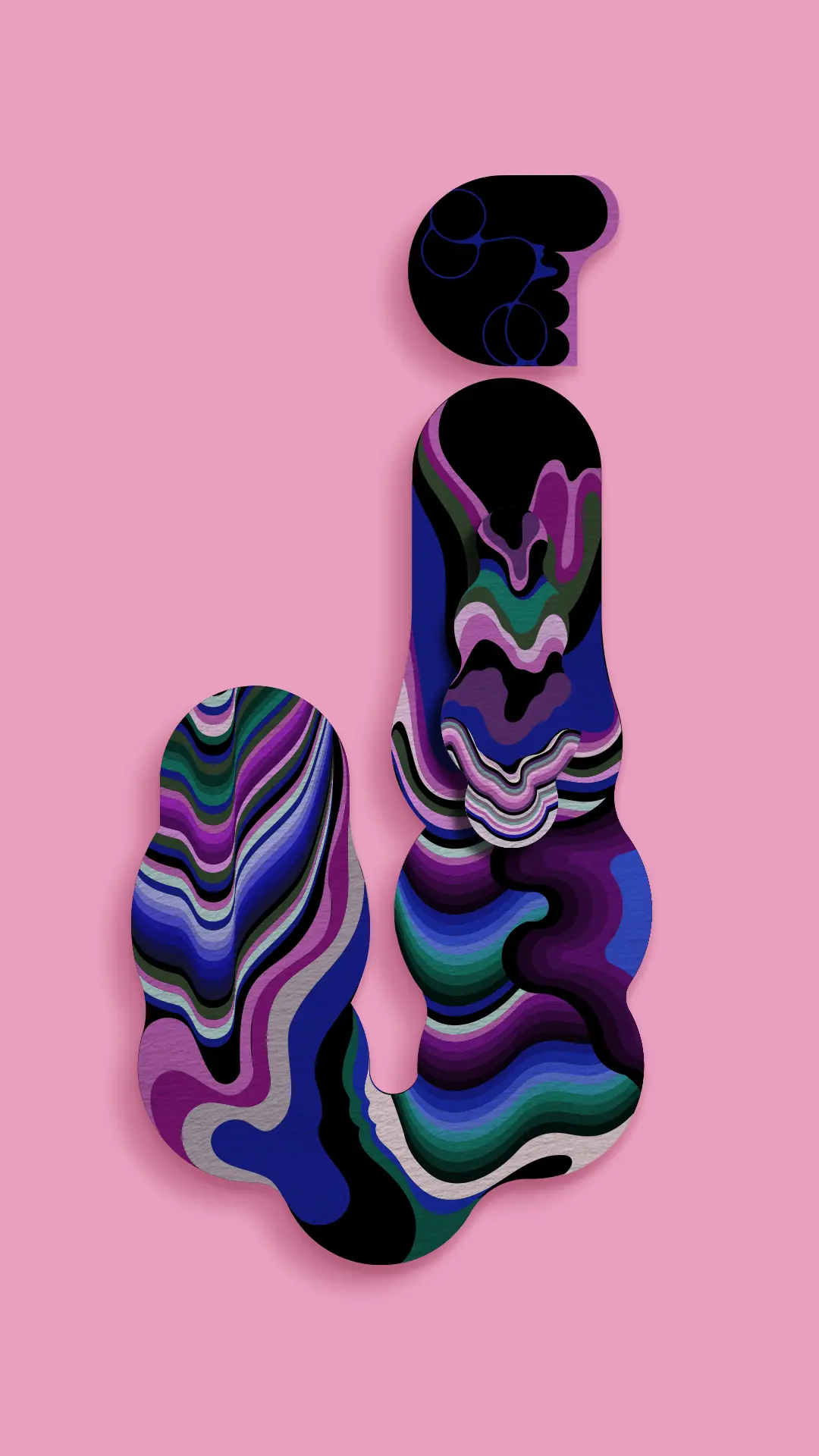
From there, working questions arise:
—How far can we normalize without becoming Procrustes?
—Is flexibility just moving modules within the frame?
—Is there a way out, or only lines of flight that bend the rule without breaking it? The piece opts for the latter: forcing the fit until a remainder appears—a small misalignment that restores awareness of the system.
This study takes seriously that format is content. Designing means deciding which operations the frame allows and what formal and conceptual consequences they produce. The template stops being an “invisible tool” and makes its politics of form visible. It isn’t criticism from the outside; it is thinking from the grid.
Worked this way, normalization is understood as a technology of the body: it organizes, calibrates, and makes it operable. Acknowledging this doesn’t paralyze; it opens a more conscious practice. The rule is used, bent, and exposed. The goal isn’t a heroic escape, but designing a fit that interrogates the measure that makes it possible.
In short: template, grid, and hierarchy are not the enemy. They are thinking devices that bring order and, in doing so, set limits. The task is to inhabit those limits critically and decide whether to step outside the lines or not.
* Procrustes was a cunning Attic blacksmith and bandit who attacked travelers by stretching them or cutting their legs to force them to fit an iron bed.



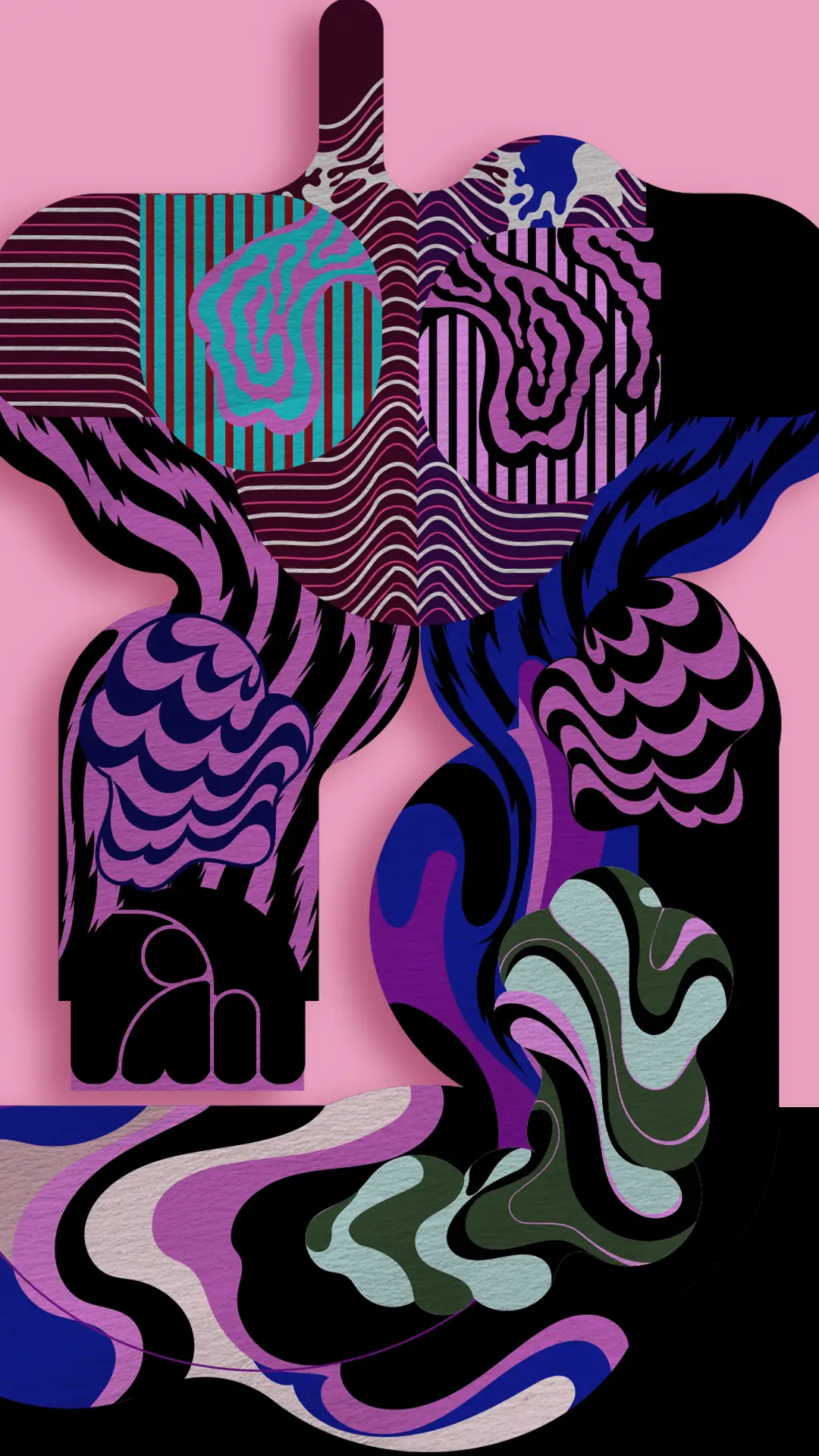
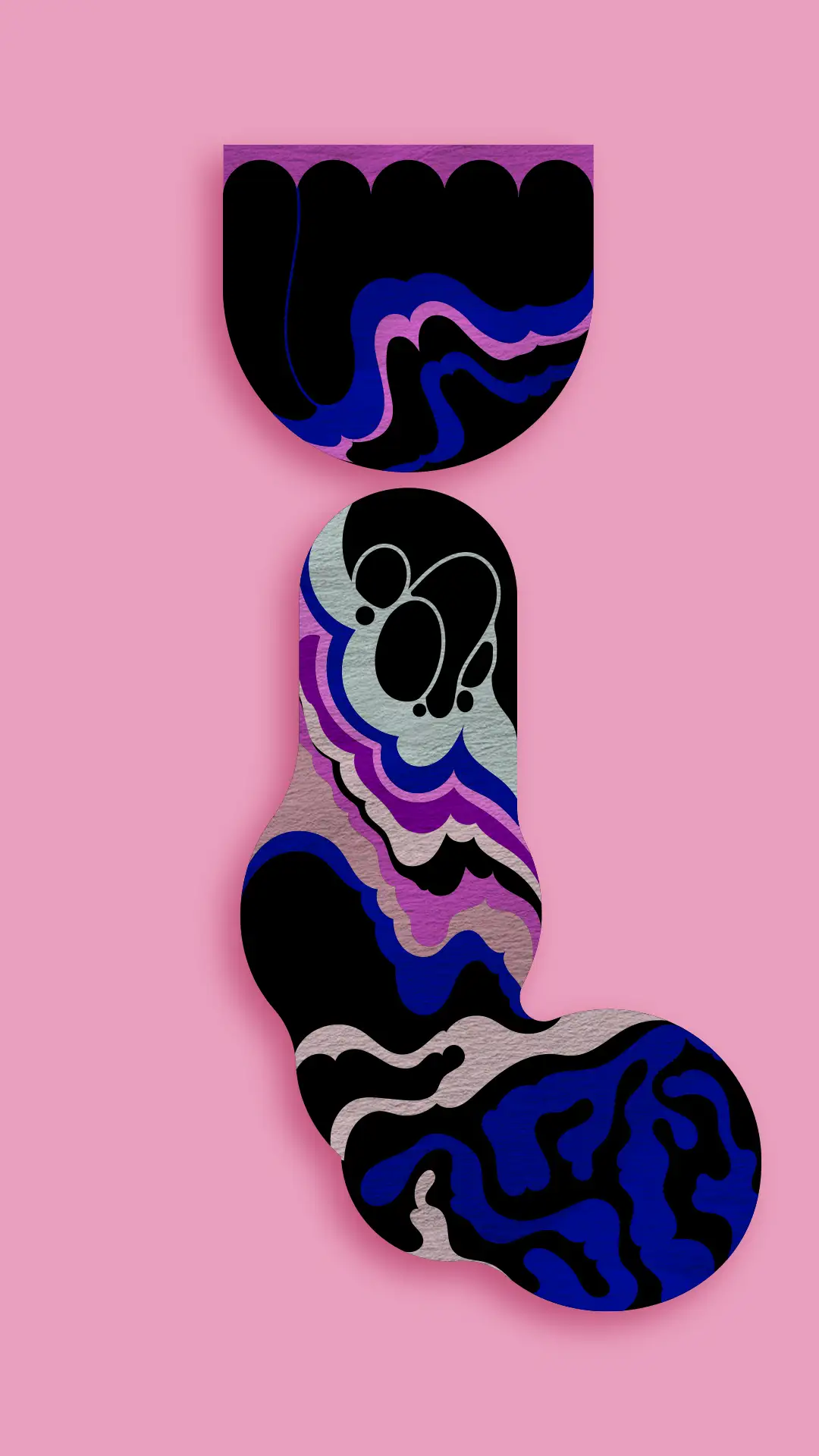
< View all work >
Contact
martin@martinsati.com
Follow me
Info
Terms and Conditions
Privacy policy
Copyright © 2025 Martin Satí.
